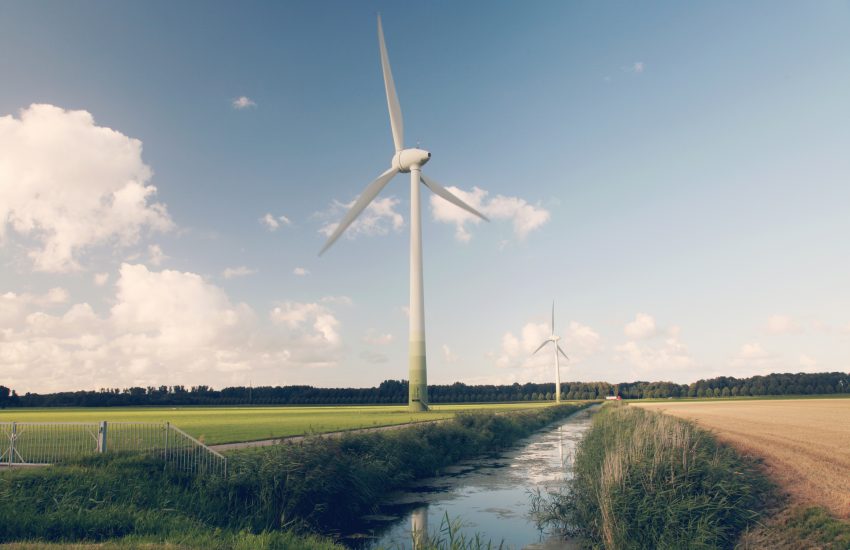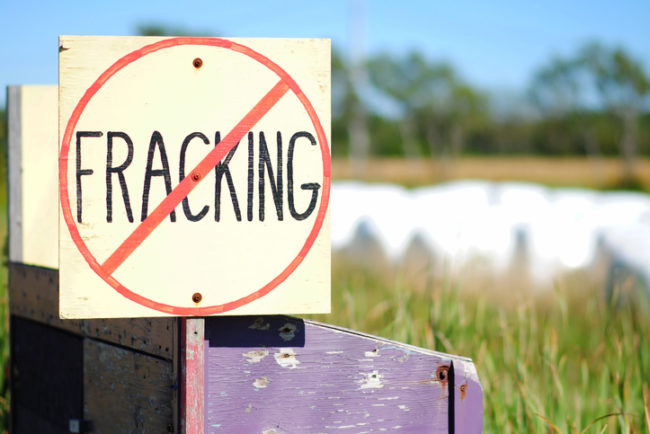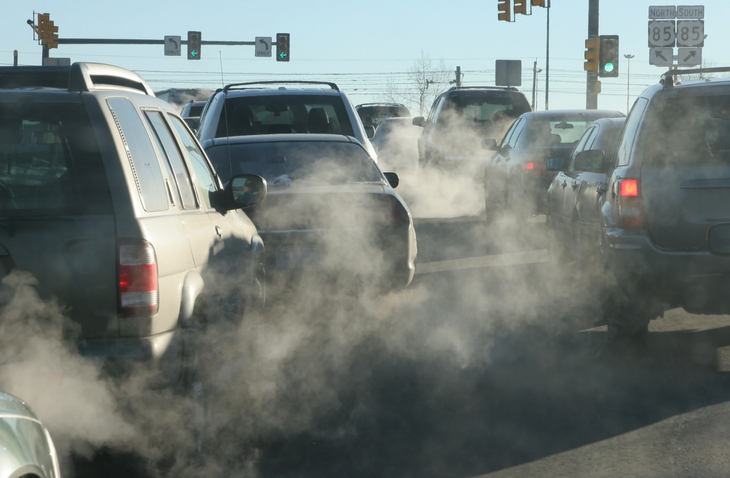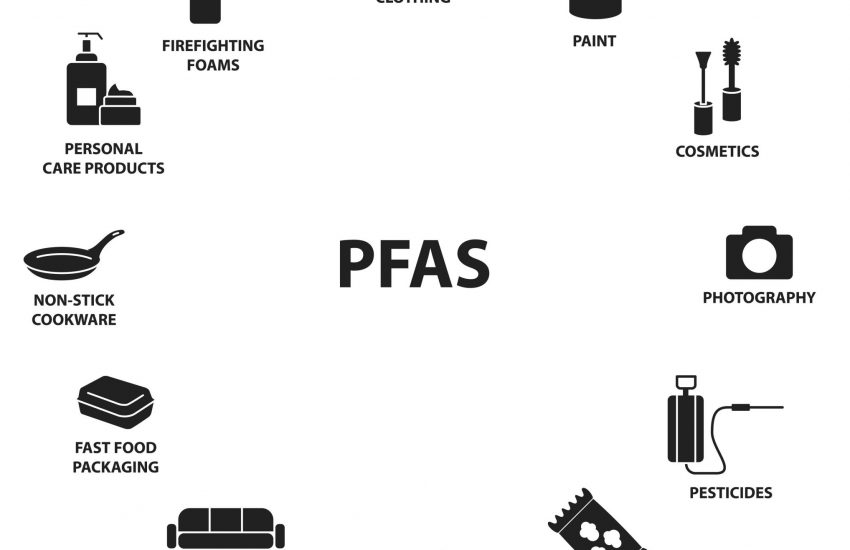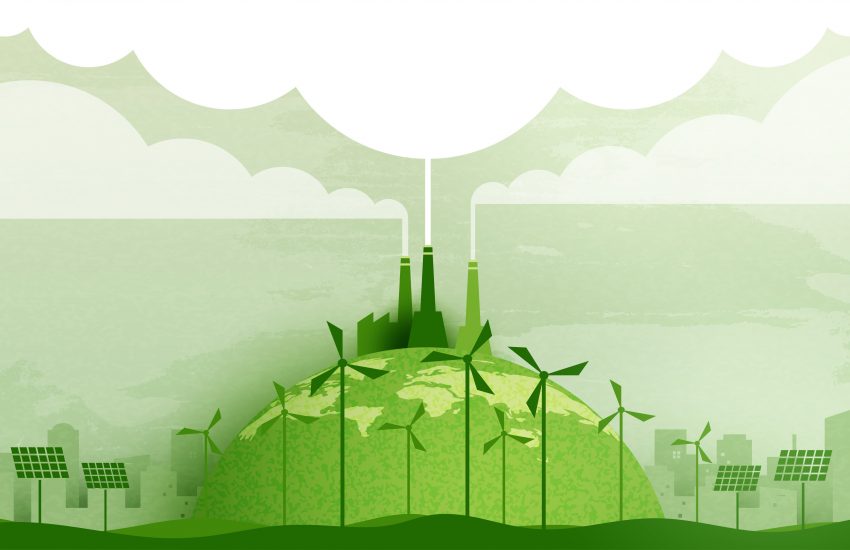In April, various California communities moved one step closer to holding energy companies liable for damage to public infrastructure allegedly caused by climate change. The communities claimed this damage occurred due to the companies’ use of and advocacy for fossil fuels despite the companies’ understanding of those fuels’ negative environmental impacts.
Local governments argue that compensation of climate-related infrastructure damage, for which they bear the cost, is a parochial concern belonging in state court. In County of San Mateo v. Chevron, the Ninth Circuit—like …
Continue Reading
